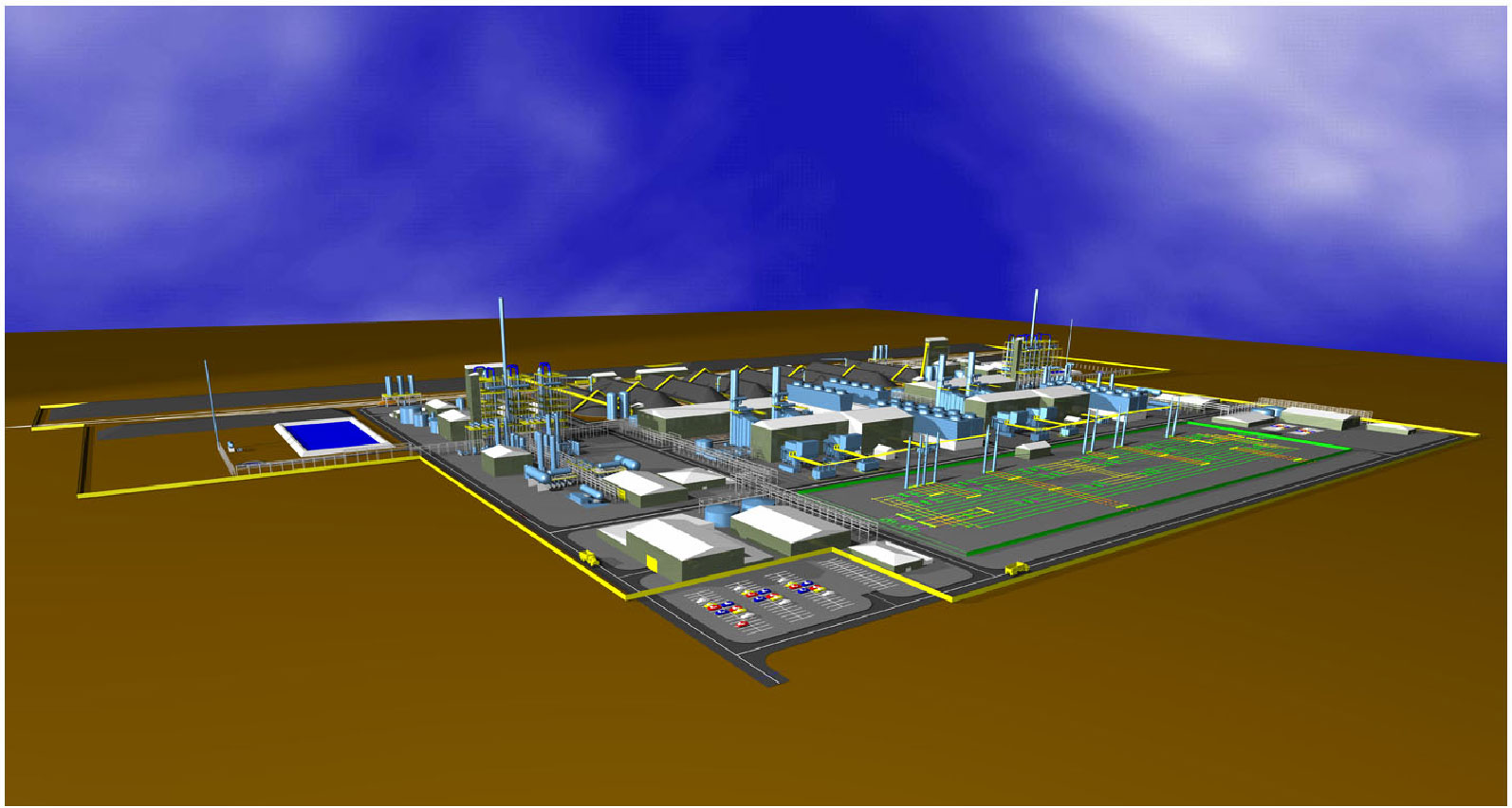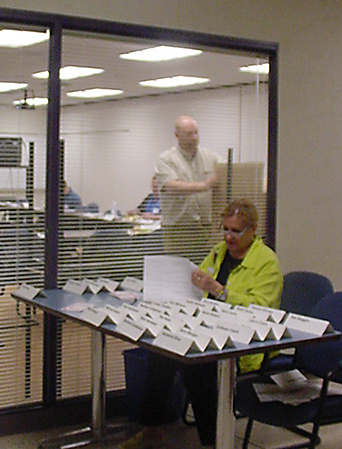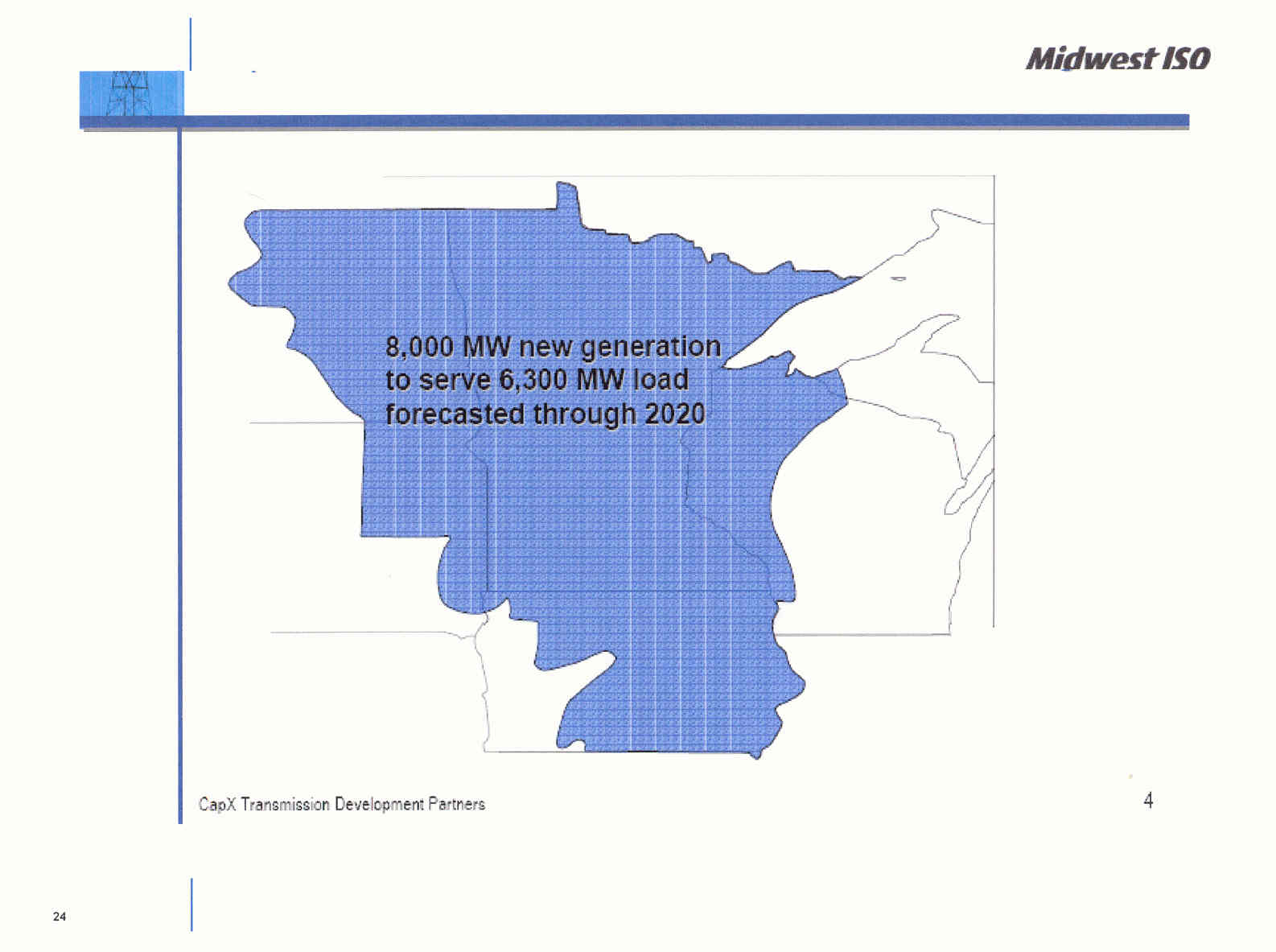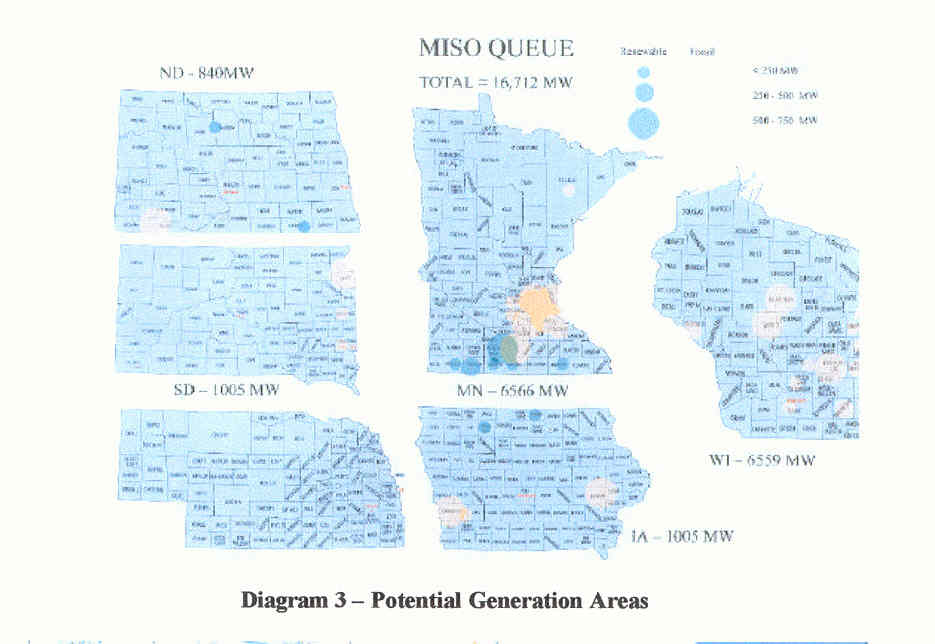What is the ‘truth?’ Mesaba in GRHR Opinion section
May 25th, 2006

A recent “poll” in the Grand Rapids Herald Review showd 64% opposed Excelsior’s Mesaba plant. The percentages at the Taconite meeting on May 16th showed even higher percentages against the plant. The questions were very informed ones, where the questioner had obviously been doing homework. “The people” are figuring it out, and that’s because they’re asking:
Last Updated: Wednesday, May 24th, 2006 01:34:55 PM
Editor:A week ago there was a preliminary hearing of the Public Utilities Commission regarding the Mesaba Energy Project being proposed by Excelsior Energy. This was the first meeting in the process to approve a â??power purchase agreement.â? The proposed project does not have a buyer for the electricity they will produce. Before the project can go forward this agreement must be in place. At the Mesaba Energy informational meeting in Taconite last Wednesday, the spokesman for the project basically said that â??not a shovel of earth would be turnedâ? without a power purchase agreement.
â??Itâ??s a done deal is whatâ??s heard around town!â? The message from this preliminary hearing was loud and clear–itâ??s far from a done deal! In fact there seemed to be a lot of opposition among the â??energy peopleâ? at the hearing. The soonest a decision can be made regarding this stage of the project is six months, but most parties involved were asking that the decision not be made until August 2007.
There were a lot of lawyers involved. The lawyers were representing Excelsior Energy, Xcel Energy, Minnesota State Power, Great Northern Power and a few other organizations. Excelsior Energy does not seem to want affected private landowners to be involved in the discussions relative to this critical step in the process. Their lawyers filed a petition to not allow people directly affected by this project a â??seat at the tableâ?â??they argued that the State Department of Commerce could adequately represent them. The judge in charge of the proceedings ruled that the private landowner group could be involved in the power purchase agreement discussion. Thank goodness! One has to ask whether Excelsior Energy wants to be a â??good neighborâ? to those affected or simply to â??steam rollerâ? private landowners by exercising their â??right of eminent domain.â?
But what struck me about these early discussions was what seemed to be a number of versions of what the â??truthâ? about this project might actually be. The truthfulness on trial here is that of Excelsior Energy. Are they telling the truth or not? Do they really have a plan to make this project work?
During the proceedings, Excelsiorâ??s lawyer held up a 3-inch thick document and said that it was â??the planâ? for the Mesaba Project. The Xcel Energy lawyer immediately pointed out that the document contained many blank pages and little of the detail necessary to adequately evaluate the technical aspects of the project that are necessary to determine the cost and environmental impact of the project, and the ultimate cost of the electricity to rate payers. People that are following this project have been continually frustrated by what seems to be changing plans and changing answers to old questions. What is the truth about all aspects of this multi-billion dollar project? The deliberations of the Public Utilities Commission will hopefully bring them out and determine the rightful fate of this projectâ??that is, â??not a shovel of dirt turned.â?
John Zasada
Grand Rapids
MPR checks in with Red Wing!
May 24th, 2006
Today was an odd time in Red Wing. A bunch of us were invited by MPR to share over din-din our thoughts about issues in Red Wing, what’s happening in Red Wing, what should be different in Red Wing. Michael Skolar, Managing Director News, seemed to be the head honcho (is he the one who forgot the camera??), also present was the head of the Rochester branch and the discussion was lead by the Rochester star reporter Sea Stachura, and M-i-c-k-e-y M-o-o-r-eeeee (yes, she sings out the spelling that way) . It was sort of a focus group, get MPR focused on Red Wing, and there were two rooms full.
How did they find us? Were we a group of members? Were we the ones who call and compliment and/or complain? I know I’m usually on 2-3 times a year, so is that how my name turned up? I’m so curious about demographics, marketing, I’ll puzzle about it for a long while.
I’m not particularly a fan of MPR, having spent 5 years or so at KFAI, where advocacy journalism is the norm — that’s Community Radio. MPR fought to keep KFAI off the air, and fought our power increase to a whopping 100 watts, so I’m no fan of the Klingon Dynasty. But nowdays MPR is the only open and free access broadcast news source I use, can’t get KFAI down here, much less KMOJ (am a member of KAXE!), and I spend an inordinate amount of time wheeling down the road. Captive audience!
It was interesting what got folks riled up. The “Riverfront” development was a hot topic (paired with distrust of elected officials), and what really got people going, yes MOI for sure, was utility personal property tax, the decrease of our tax base. Another thing, “the people” clearly get the problems with JOB-Z, perks for corporations, and that there is more to economic development than cash for corporations and “jobs, jobs, jobs” at $7/hr. I think people are generally disgusted and tired of being screwed, and maybe that’s a good sign, a sign that they’re willing to work for change. But this was not a typical demographic, it was two rooms full of active people.
I’m still pondering… it was assuredly worth the price of admission!
Here’s the woman who runs the Rochester station (sorry, didn’t catch her name) and that’s Euan Kerr’s mug behind her (on mug detail)

Proof of need for Distributed Generation
May 24th, 2006

6,300 MW becomes 8,000MW?? 1,700MW more? Why? It’s because of losses!
There was an MTEP 06 meeting on April 12 that I missed because of the mold house trial. DAMN! Shoulda been there, I guess! Look at this old power point showing WoW‘s buy in on this “Midwest Transmission Expansion Plan.” Update on Transmission Planning for Windpower in the Upper Midwest
Anyway, here’s the problem: The electric industry’s been whining and crying about our “need” for 6,300MW in the REGION, that’s from the CapX2020 Techinical Report. Regular readers should know this report by heart by now, but that 6,300 figure is cited on p. 1, and then there’s that great map on p. 7 that shows 16,712MW of generation proposed for the same area:

And now they say no, it’s more — we need to build 8,000MW of generation to cover the 6,300MW we say we need. Why? It’s called losses. In the SW MN 345kV proceeding, they presumed 30% losses. Download file The 8,000MW figure to generate 6,300MW presumes 1,700MW of losses, a tad under the 1,890 if the 30% assumption were used.
Isn’t this the best damn argument you’ve ever heard for Distributed Generation? How much transmission would we have to build to transmit all this power, and how much transmission do we have to pay for, all for the joy of losing 30% in losses? So please explain to me why this makes any sense!!!!
Do you realize that 1,700MW represents the generation of all three of our nuclear plants? Monticello at 600MW and Prairie Island at 1,060?
Isn’t this the best damn argument not to rely on coal plants way out west? If we sited wind with all the gas plants, how much of that coal wouldn’t be necessary? If we sited near load, we wouldn’t have to build three new coal plants.
Who benefits from this goofy scenario?
Bonding and tax exemption for Mesaba
May 22nd, 2006

Range projects favored in bonding
This session ended by giving two more perks to Mesaba, the utility personal property tax exemption and bonding, but the good news is that they didn’t get nearly what they’ve demanded in bonding and they are required to get host government approval and negotiate a Host Fee Agreement.
Here’s the bonding language for HF 2959 as it made it through Conference Committee, House and Senate, and now on to the Gov:
Subd. 14. Itasca County – infrastructure 12,000,000
For a grant to Itasca County for public infrastructure needed to support a steel plant in Itasca County or an innovative energy project in Itasca County under Minnesota Statutes, section 216B.1694, that uses clean energy technology as defined in Minnesota Statutes, section 216B.1693, or both. Grant money may be used by Itasca County to acquire right-of-way and mitigate loss of wetlands and runoff of storm water, to predesign, design, construct, and equip roads and rail lines, and, in cooperation with municipal public utilities, to predesign, design, construct, and equip natural gas pipelines, electric infrastructure, water supply systems, and wastewater collection and treatment systems.
Up to $4,000,000 of this appropriation may be spent before the full financing for either project has been closed.
The Mesaba personal property tax exemption went through a few days earlier in HF 785, and scroll down to 28.i.
Railroading Mesaba along… Charlotte Neigh in GRHR
May 21st, 2006

As if Itasca County isn’t going through enough, last week it was announced that the MSI and Mesaba projects require a rail line and the county will have to decide if they are going to fund it, to the tune of $45 million, and not just pay for it but be their own railroad company, operate it, buy or lease cars, the whole shebang, and they have 30-60 days to come to a decision! Can you believe this?
Charlotte Neigh was at that meeting and took copious notes. From these, she wrote a Letter to the Editor, and it’s in the Grand Rapids Herald Review, though they changed the title from “Should county risk debt for Mesaba Project?” to the one below… sigh…
SHOULD COUNTY RISK DEBT FOR MESABA PROJECT?
Herald-Review
Last Updated: Friday, May 19th, 2006 04:43:28 PM
Editor:On May 16th Itasca Countyâ??s consultant for coordinating infrastructure for the Minnesota Steel and Mesaba Energy projects told the commissioners that they must decide whether the county wants to be in the railroad business. This relates to the shortline railroad comprising 20 miles of track and an interchange yard for train cars, connecting to both the Burlington Northern Santa Fe and the Canadian National lines, and servicing both projects including bringing in coal for Mesaba and taking out steel for MSI.
This railroad infrastructure has been estimated to cost $40,450,455; the question is how to pay for it. The consultant pointed out that the county could borrow at a better interest rate than the projects can and so should consider whether it wants to bond for the needed funds and then seek to recover this debt through long-term (perhaps 20 years) agreements with each project for repayment to the county.
The Department of Energy has stated that “the financial risk associated with this technology demonstration (Mesaba Energy Project) is, in general, too high for the private sector to assume in the absence of strong incentives.” If the risk of this project is so high, should Itasca County and its taxpayers be relying on it to repay tens of millions of dollars expended to provide rail service for it?
The consultant stated that the objectives have been: to provide the lowest cost service to both projects with minimum or no, or acceptable risk to the county, and to get something back for the county’s efforts. He told the commissioners that they need to balance the risk and the benefit and the impact and decide whether it is wise to proceed. The schedule calls for a decision within 30-60 days. Taxpayers concerned about risky debt for Itasca County should let their commissioners know where wisdom lies.
Charlotte Neigh
Trout Lake Township